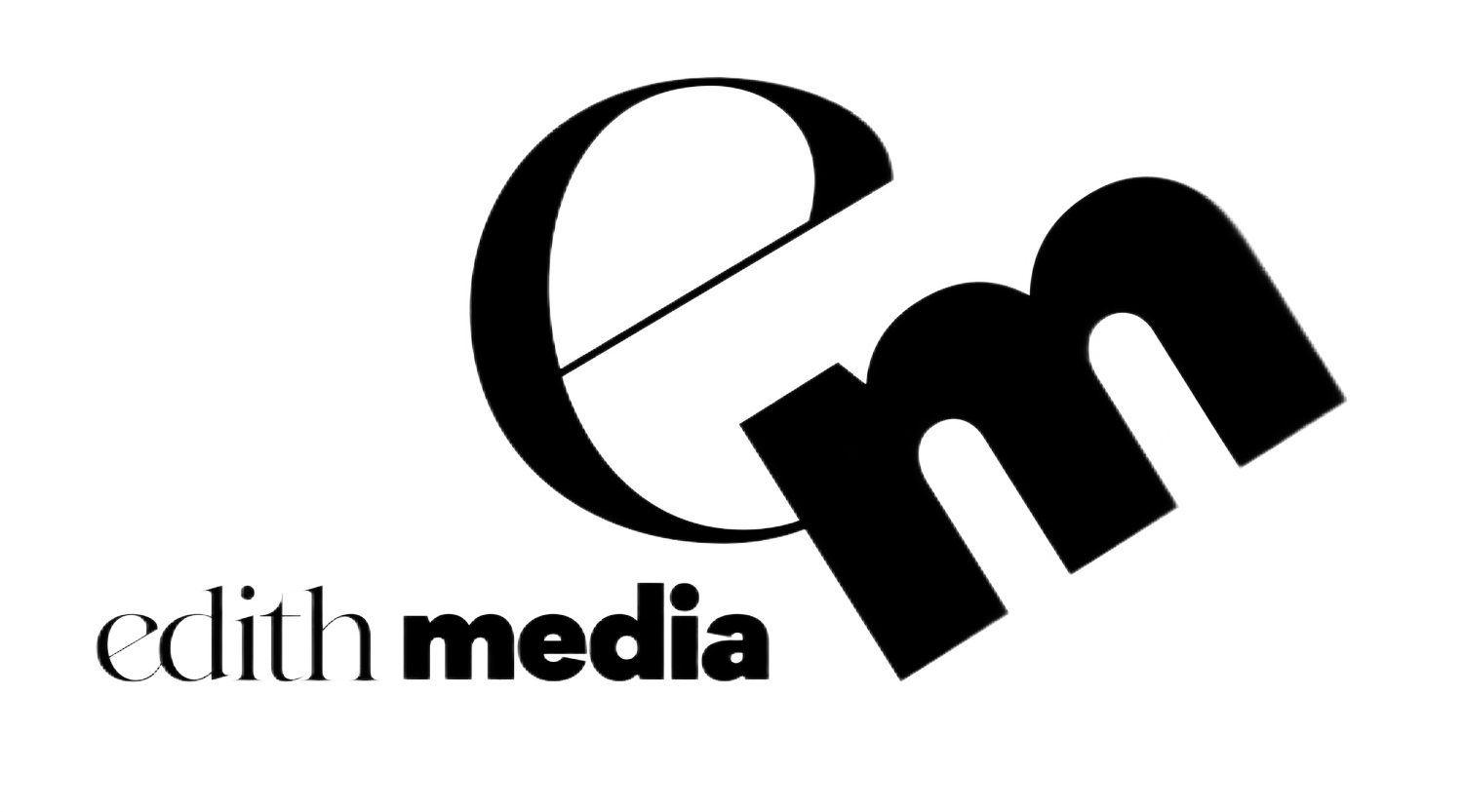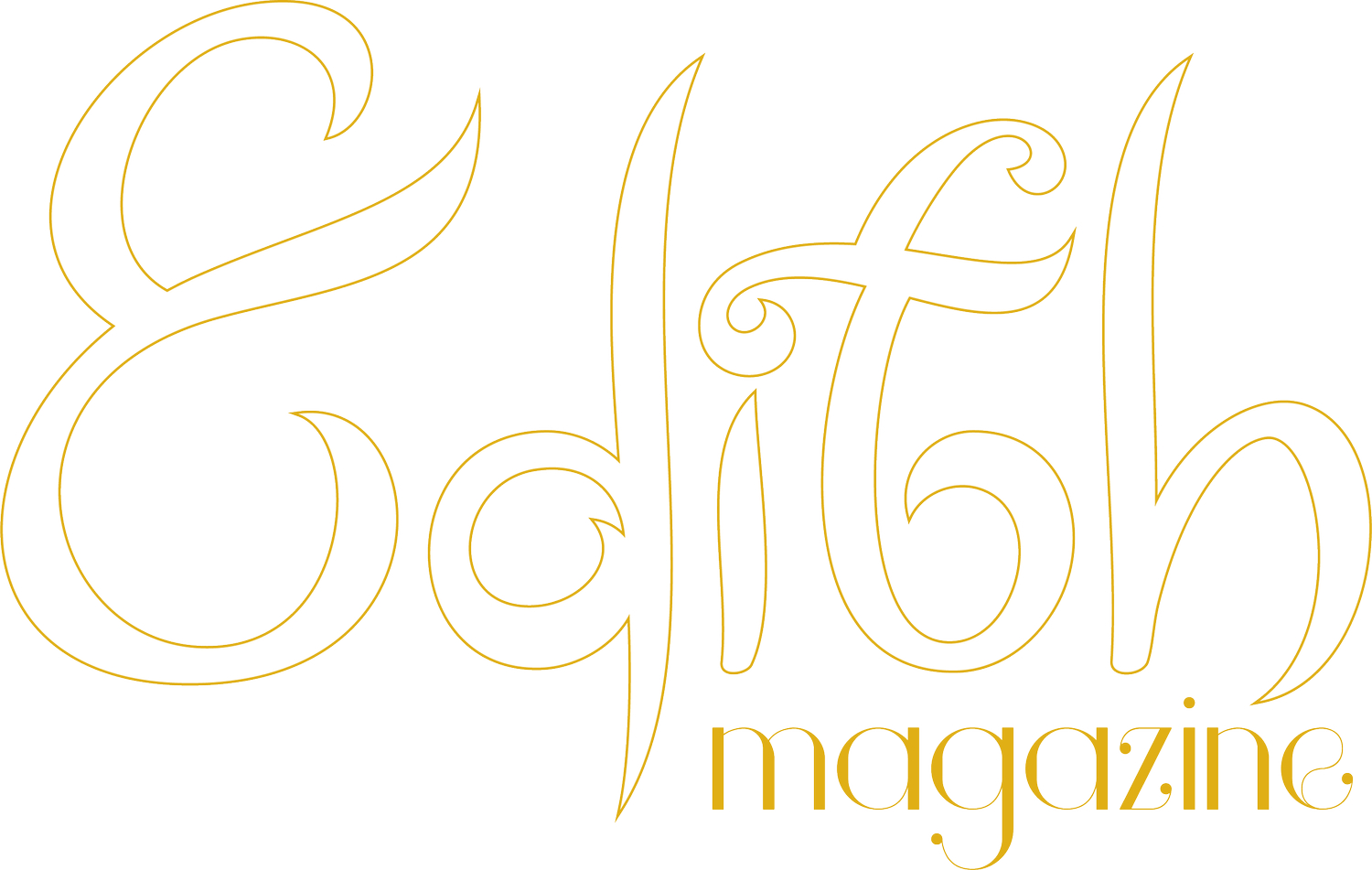Michael Nash Interview
Michael Nash’s journey into photography is as extraordinary as his work. Starting with a Kodak Brownie camera gifted to him as a child, Michael’s path to becoming a photographer was anything but conventional. Decades later, a chance trip to Egypt and the joy of capturing moments rekindled his passion for the craft, sparking an artistic journey that combines natural beauty, thoughtful collaboration, and a deep love for his Canadian roots. Known for his authentic style and meticulous planning, Michael’s work reflects a profound connection to nature and his subjects, making him a respected voice in the photography world.
What inspired you to pursue photography as a career, and how did you get started in the industry?
Though I was brought up by my mother, I did have contact with my father who was a photographer. My mother bought me a Kodak Brownie when I was 10 years told for a year long stay we were going to have in England. I fancied myself as a photographer’s son, and became the official photographer of the year abroad. It wasn’t until I was in my sixties that I bought a DSLR, and that was prompted by a trip one of my sons and I took to Egypt. I got great pictures with the new camera, just using Auto. A few years later, I had the whimsical idea of hiring a model in New York City to be Marilyn Monroe for me for a day. It was so much fun that I resolved I had to learn to use my DSLR camera to its potential. When I got home I enrolled in extension courses in photography at my local college. Learning how to use the camera got me really going.
How would you describe your photography style, and what influences have shaped it over the years? The word that comes to mind to describe my photography style is: natural. I mostly shoot outdoors, mostly in natural light if I can. You can see that in this shoot with Ira Balan in Bruce Peninsula National Park. I edit lightly, not overdoing saturation, contrast or anything else. I don’t use AI except to the limited extent it allows me to do the bit of editing that I do. When I shoot indoors, if I can swing using natural light, I do. When I need to use strobes indoors or outdoors I tend to use them sparingly, usually either one or two, occasionally three. One of the two biggest influences on my photography was my father, whom I mentioned above. He took two portraits of me as a child that I treasure, that I regard as paragon of portraiture, both taken using only natural light. The other huge influence was my teacher, mentor and dear friend Paul Iacoviello. Both of them had the kind of natural style that I pursue. Sadly for me, Paul died of brain cancer in January, 2022. I miss him terribly.
Can you walk us through your creative process when planning a photoshoot, from concept to execution? I look for inspiration for my shoots in all kinds of places: in what I see as I travel around; in art galleries and books; in public art; in nature; in the photography of others that I see online. Sometimes the models with whom I work make suggestions. Once I have an initial idea, then it’s a matter of putting the other idea components together. For example, if I’ve seen an inspiring venue, I imagine what kind of theme would work well there, and from the theme, what kind of wardrobe, who would be the right model. Sometimes it goes in quite the opposite direction. I might have an offer from a model, and I try to imagine what theme would work well with the model, sometimes based on conversations with the model, and from the theme, what wardrobe and venue. Once I have the basic idea components together, I start planning the minute details. Nearly always it involves a prior visit to the venue, especially if it’s an outdoor venue, and even if I’ve been there before. That’s because you never know what might have changed on the ground. There might be construction blocking the venue; the rules might have changed about access; the place might be covered in litter and I might have to clean up. Planning the details involves conversations with the various members of the team. Typically the members of the team have useful input, coming up with suggestions or critique that make the planning better. There are typically at least three people in my team and sometimes four: the model(s), the hair and make-up artist, the assistant, and me. Some of the time the HMUA is my assistant. When I’ve got the details lined up, a prepare a Call Sheet with all the details laid out, I send them out to the team so we all know all the logistics and timetable for the shoot. When the shoot has taken place, then it’s a matter of editing the pictures, getting them out to the team, and usually submitting some for publication.
What has been the most challenging project you’ve worked on, and how did you overcome the obstacles? A challenge I had in an outdoor shoot this past summer took the form of an obnoxious pubescent boy. We were shooting under a trestle bridge on Lake Skaha in Penticton, British Columbia. This kid on a skidoo spotted us. He plagued us for about half an hour, repeatedly speeding his skidoo towards us and then veering off to create a wash, then hovering in the open water staring at us. We had to stop what we were doing and stare back at him. Eventually even this kid of questionable intelligence realized he wasn’t going to see anything worthwhile as long as he hung around us, so he finally left.
Are there specific themes or subjects that you’re particularly passionate about capturing? Why? Another reason I am so grateful to my mother is that she bred in me a deep love for this country, Canada. She would take me for holidays to places of rocks, trees and water. To this day, those are the places that feed my soul. You can see it in this shoot with Ira. My portfolio is populated to a huge extent by shoots by waterfalls, streams, lakes and oceans.
How do you stay updated with evolving photography trends and technologies while maintaining your artistic vision? I’ll be honest: I don’t stay very up to date. I don’t have a mirrorless camera. I don’t have a drone, not yet anyway. I am highly unlikely to educate myself on the use of AI. My idea of progress is to keep getting better and better at the kind of work I do and know best. Maybe I’ll get left behind. But that’s OK with me. I’m in the enviable position of not having to make a living from photography.
What role does collaboration play in your work, and how do you approach working with other creatives? Collaboration is huge with me. I plan out each shoot meticulously in consultation with those who are part of the team, typically the model, HMUA and assistant, and occasionally others such as clothing designers or stylists. I value the input of each team member in the planning and when on the set, and it often leads to wonderful serendipitous opportunities. One thing I don’t like though is having another photographer on the set, and especially if the other photographer likes to shoot while I’m shooting. In that way, I admit I am jealous to guard the brainwaves that come while the shoot is taking place.
Can you share a memorable story or experience behind one of your favourite shoots? This past summer I was shooting in rural Alberta near Medicine Hat with a model from Gatineau, Quebec–Ciara Antoski–and a model from North Carolina–Daisy Von. My adult son Gabriel was also along. We stopped on a grassy shoulder by a photogenic field. The two models got out the passenger side and Gabriel and I got out the drivers’ side. All of sudden I hear the two models screaming and see Daisy leap back into her seat. Ciara is pointing me to a rattlesnake that is slithering away! I asked Daisy how close her foot had come to the rattlesnake and she said, “Inches.” Given I had read up on rattlesnakes and the lethality of their bites if not immediately treated, this was as close as I’ve ever come to a literal total disaster on a shoot.
What advice would you give photographers? I hear complaints about photographers constantly from models. The ones that I regard as the worst are complaints about being touched or hustled or otherwise disrespected. I say to my fellow photographers, let’s all make it our business to make models feel relaxed, respected and unthreatened. We will all be better off and we’ll get better results. Let’s all observe some basic common courtesies: don’t touch without asking first; don’t flirt; don’t offer gratuitous compliments or remarks about the model’s naked beauty;
What’s a dream project or subject you hope to photograph in the future, and why? I always have the next dream project percolating in my head. In 2024 my vision was to do an extended shoot in the Badlands of Alberta, which I did, and it was a pinnacle experience. In 2025 I’m hoping to go to a particular island in eastern Canada, very remote, little populated, very rugged. I’m drawn to it because I love trees, rocks and water. If it comes off, it will be another pinnacle experience.
Michael story is a testament to the idea that it’s never too late to pursue one’s passion. From his natural-light portraits to his adventurous projects in the breathtaking Canadian wilderness, Michael’s dedication to capturing authentic moments is evident in every frame. Through his collaborative approach and unwavering respect for his team, he not only creates stunning visuals but fosters an environment where creativity thrives. With dreams of exploring even more remote landscapes and a commitment to staying true to his artistic vision, Michael continues to inspire fellow photographers and nature enthusiasts alike.
Cr Dir & Photo & Retoucher: @michaelnashphotographer
Lighting Assistant: @vital_pal_
Stylist & Model & MUA & Hair: @ira_passsion






